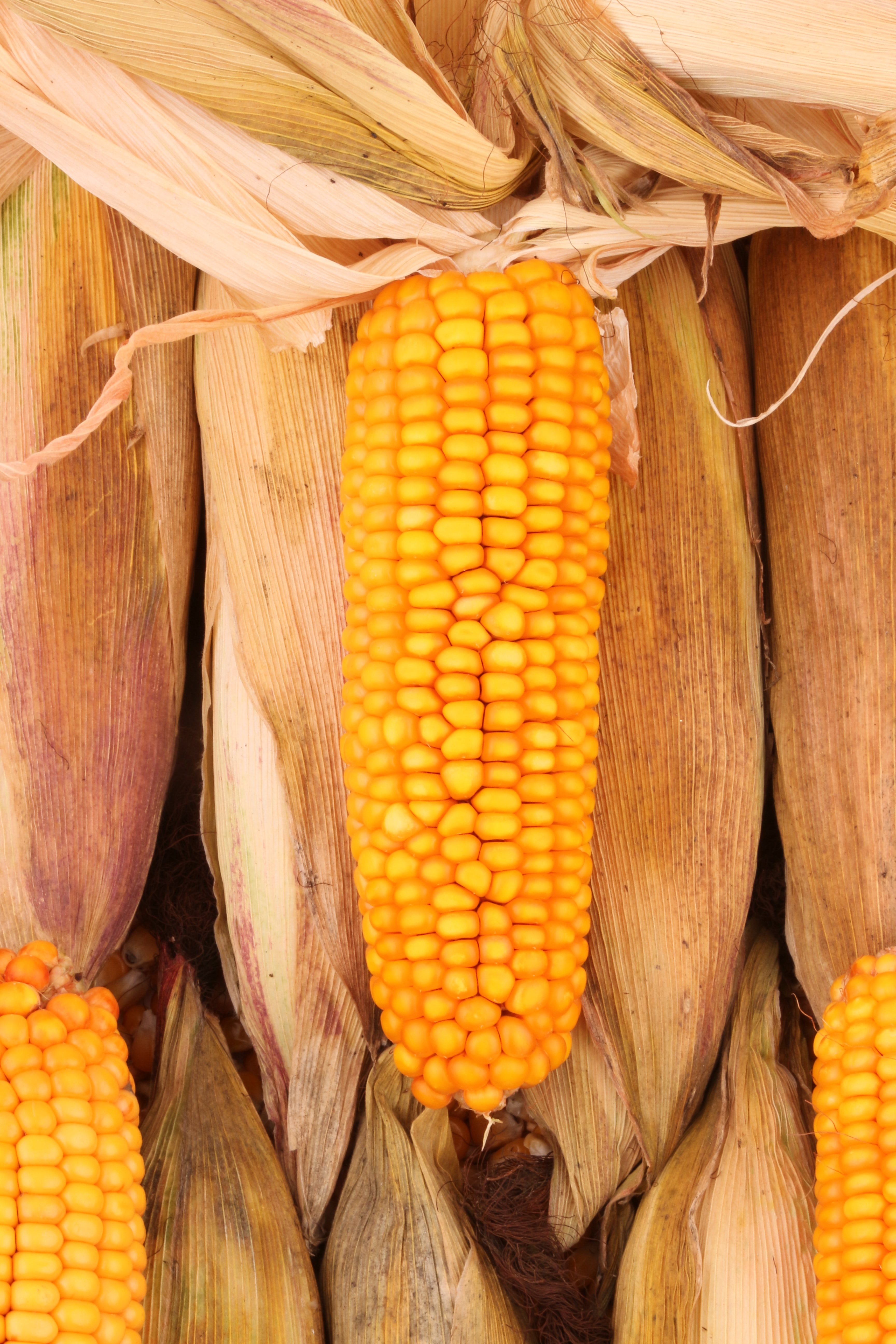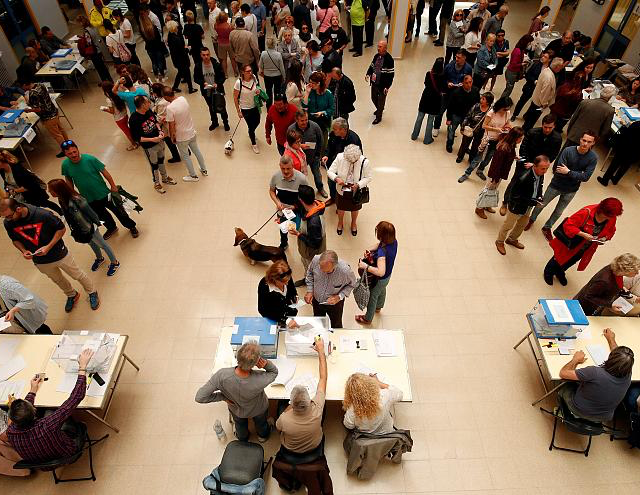Photo by Marek Studzinski on Unsplash
The European Commission has authorised three genetically modified maize and renewed the authorisation for four genetically modified crops, three soybeans and one cotton for food and animal feed.
The Commission’s authorisation decision does not allow for their cultivation in the EU, only for their use as food and animal feed.
These genetically modified crops have gone through a comprehensive and stringent authorisation procedure, which ensures a high level of protection of human and animal health, and of the environment.
The EFSA issued a favourable scientific assessment concluding that these GMOs are as safe as their conventional counterparts.
Member States did not reach a qualified majority either in favour or against the authorisation at the Standing Committee and at the subsequent Appeal Committee. The authorisations are valid for 10 years, and any product produced from these GMOs will be subject to the EU’s strict labelling rules.
Meanwhile, the Commission has invited the 27 EU Ministries of Culture to select and submit one 3D digitised cultural heritage asset deployed by the Europeana initiative.
The aim is to accelerate the use and re-use of 3D in the common European data space by raising awareness of the opportunities and benefits and to help build capacity of EU Member States heritage institutions.
Commissioner for Internal Market, Thierry Breton, said: “Europeana currently gives access to 57 million cultural heritage assets with only 0.01% in 3D. Let’s take advantage of the opportunities brought by technology to preserve our European cultural heritage for future generations. Today, we are calling Member States to select digital 3D assets to enhance innovation and creation not only in the cultural and creative sectors but also in education, tourism and smart cities. This will benefit and empower people and businesses.”
Alongside Europeana and the Common European Dataspace for Cultural Heritage, the Cloud will connect cultural heritage institutions and professionals, driving collaboration and innovation in cultural preservation, with the aim of digitising artefacts and study artworks, and fostering cultural preservation.
The pan-European 3D collection of emblematic cultural heritage assets will be showcased during a high-level event in Brussels planned in spring 2024 and will be accessible online.




